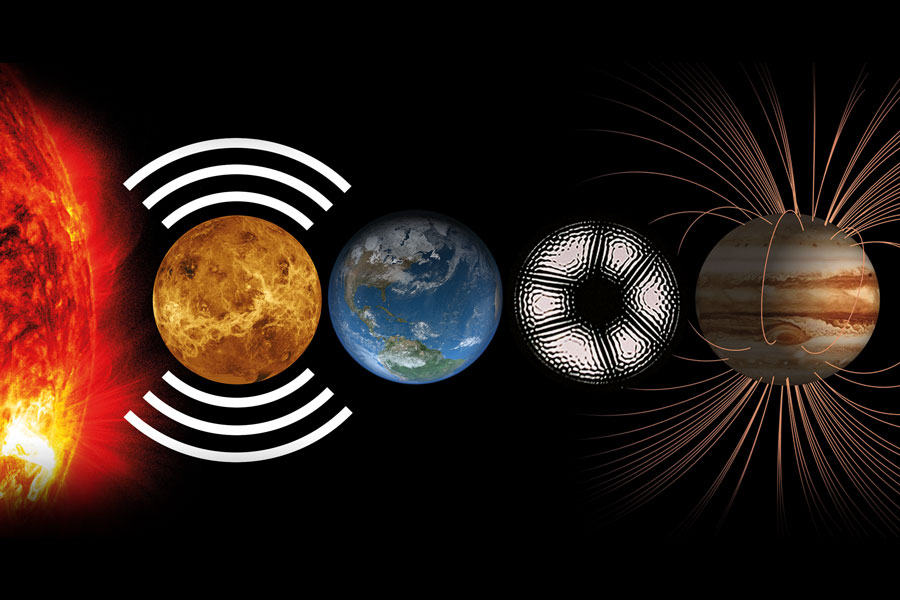



Mina Rais-Zadeh: In 2009, she joined the University of Michigan, Ann Arbor, as an Assistant Professor of Electrical Engineering and Computer Science (EECS). From 2014-2018 she had been a tenured Associate Professor in EECS with courtesy appointment in the Department of Mechanical Engineering. She is currently leading the MEMS and micro-instrument development activity at JPL as a group supervisor for the Advanced Optical and Electromechanical Microsystems Group.

There is a wealth of information in the long wavelength infrared (IR) region from 15 µm to 100 µm. However, the detector technologies that can measure the IR energy with low noise in this range are limited in capability and precision...

Missions to hot planets, such as Venus or Mercury, have traditionally been extremely short in duration and have had a very narrow scope mainly due to the unavailability of sensors and readout electronics that can survive the extreme...

The Silicon Carbide Magnetometer (SiCMag) is a next-generation solid-state magnetometer that leverages quantum centers—i.e. atomic scale defects—intrinsic to a SiC semiconductor to sense the magnetic fields of...

The branch of science that can most efficiently reveal the detailed structures of planetary interiors is seismology. Previous NASA missions that have carried seismometers as payloads include the Apollo moon missions and...